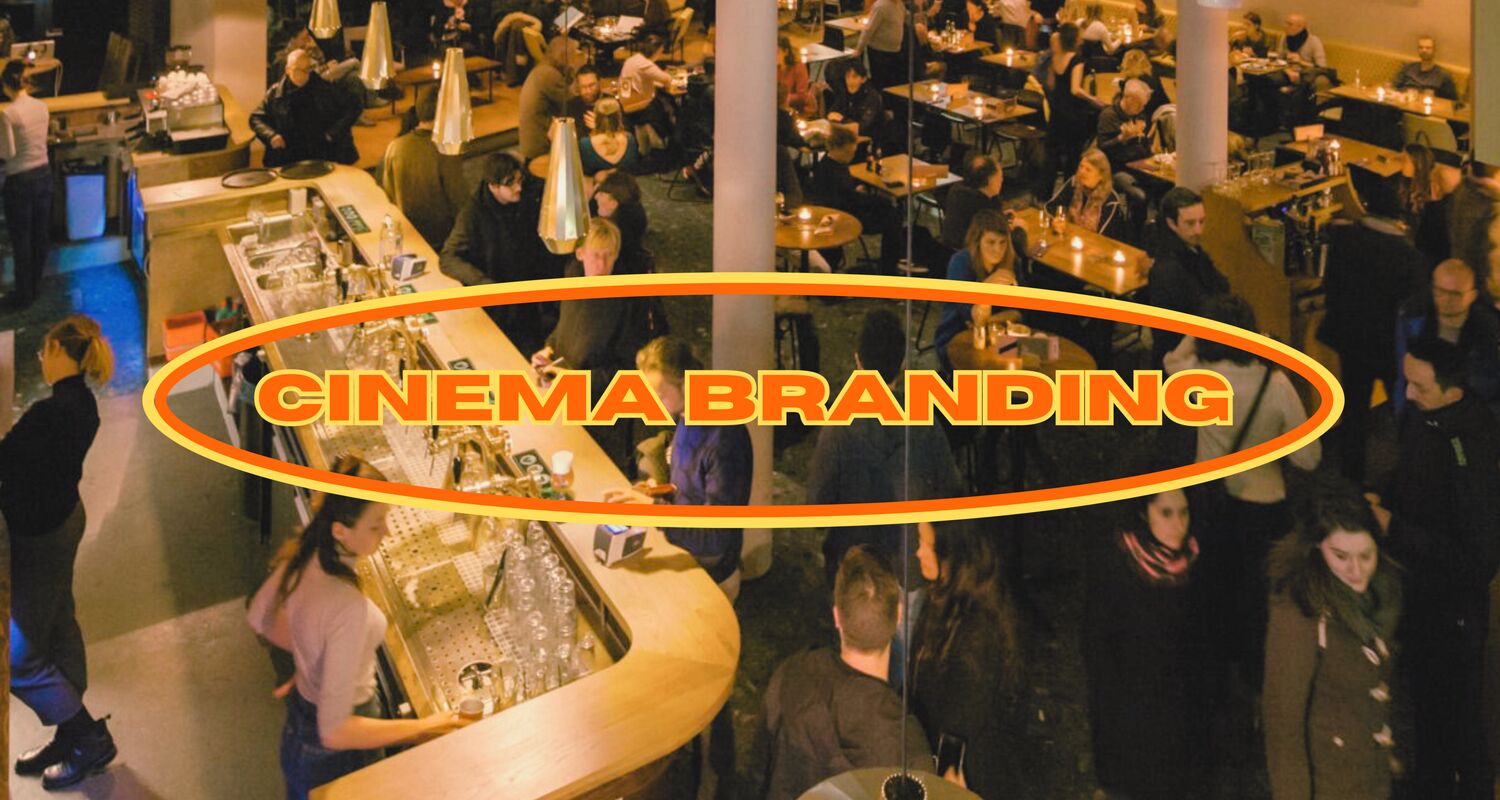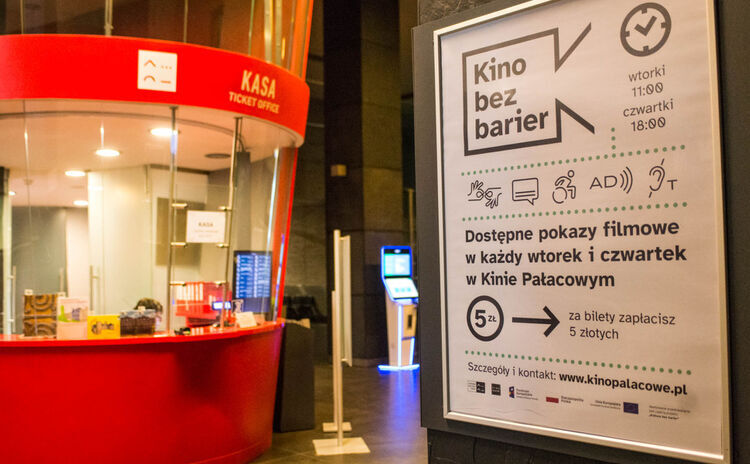What does it take to create your cinema brand?
Cinema is not just about what we watch, but how and where we experience it.
That belief is behind the British Independent Film Awards' decision to launch a new category in 2025: Cinema of the Year. Participating cinemas are invited to submit their application by explaining why their venue stands out and offers a distinct, unique experience. But the actual voting will be left to cinemagoers nationwide, who will choose their favourite cinemas, with five finalists set to compete at the BIFA ceremony this November.
This new award, coming from one of the most established cinema countries in the world, is further proof that cinemagoing is about more than just the film on screen. It’s the vibe, the venue, the personal touch. In an age of endless content and algorithmic curation, independent cinemas are doubling down on something online platforms simply can’t replicate: identity and ownership.
But what makes an independent cinema feel like home?
How can you create something that not only rewards your existing community but also attracts new audiences and potentially unlocks new revenue streams?
From their unique atmosphere to curated trailers and film montages, from T-shirts and tote bags to their bar’s menu, today’s indie cinemas are crafting stories around the experience of watching film and inviting audiences to immerse all their senses in the magic of cinema.
At the heart of it all is how people see you, remember you, talk about you. And the best way to build and express that identity is through branding. Not in the corporate sense, but in how you express your cinema’s programming to its community.
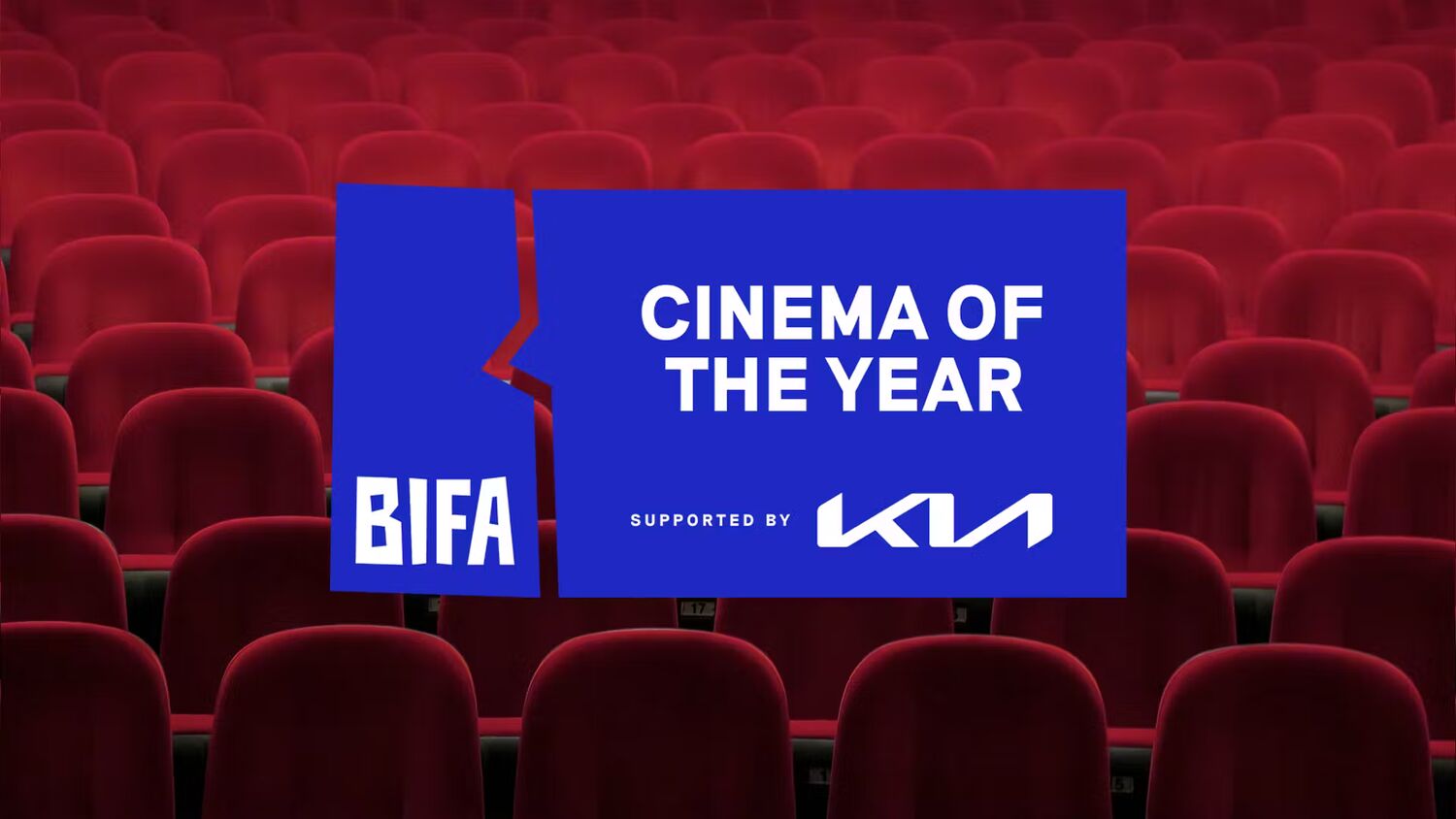
From Austin to Rotterdam
A name that often comes up in conversations with cinema operators passionate about branding is Alamo Drafthouse. This U.S. independent has spent years developing a distinctive voice that carries through everything from its social media to its screening rooms. It has come to define the independent cinemagoing experience, standing in clear contrast to what major multiplexes offer.
One of their key differentiators has been the quality of their food and drink offer, also served during screenings, and their famously strict cinema etiquette policy. From Officer Kevin Bacon reminding audience members that “talking and texting during a film is a crime,” to a PSA featuring an angry voicemail from a cinemagoer who got kicked out for breaking the rule, these creative pieces have become part of the Alamo mythos.
But they didn’t stop there. In the early 2000s, Alamo founder Tim League launched Mondo, a side project closely tied to the cinema, specialising in a wide range of pop culture collectibles. More recently, Alamo opened a venue in Staten Island featuring The Flying Guillotine, a kung fu-inspired bar designed in collaboration with Wu-Tang Clan’s RZA. Each of these cinematic partnerships reinforces the vintage film-lover vibe at Alamo’s core.
Of course, it would be hard to ignore the financial challenges Alamo has faced in recent years, leading to its acquisition by Sony Pictures in 2024. As the company scaled up from a single second-run cinema to a 44-location chain, it gradually moved away from the fiercely independent identity that first set it apart. Sony’s acquisition has only formalised that evolution.
But bold branding isn't just a U.S. phenomenon. Across the Atlantic, one Dutch cinema has built its own distinct identity with remarkable clarity and flair.
Where cinema has a flavour
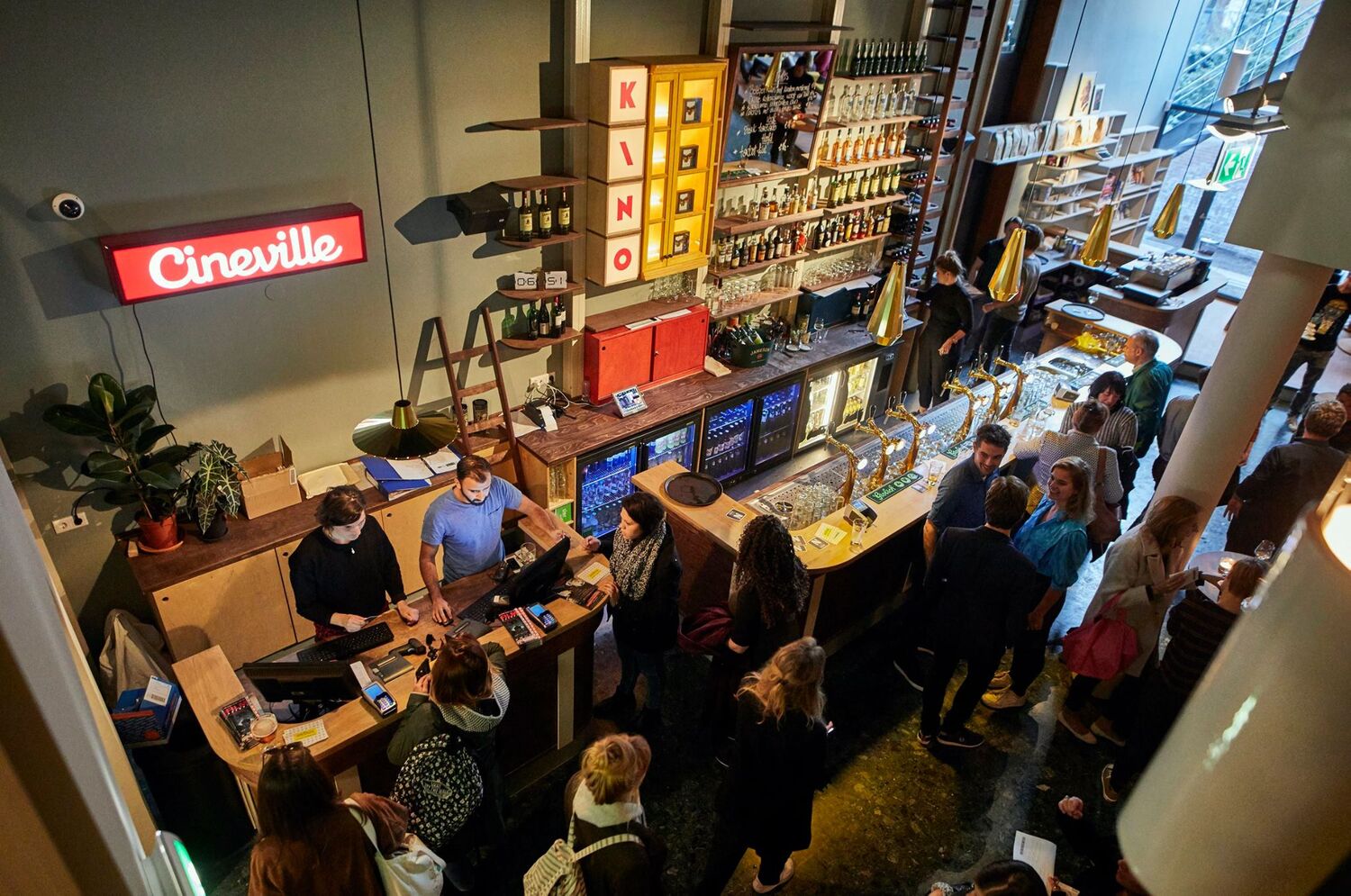
KINO was founded less than ten years ago by Jan de Vries and Frank Groot, two film fans who wanted to build a creative, collaborative space in Rotterdam where great programming and a great night out go hand in hand. With six screens, the cinema blends new arthouse releases, cult films, Hollywood blockbusters and unique events.
But programming is only part of the answer. What KINO offers is an experience that feels both cinematic and deeply local.
From the start, they set out to rethink what an independent cinema could feel like and how to make arthouse more accessible. The goal was to combine the precision and standards of a high-end multiplex with the soul and community of a cultural venue. A place where arthouse doesn’t feel elitist, but warm, fun and social. A place where independent films can be discovered and enjoyed, something streaming platforms still struggle to deliver, despite their endless catalogues. The quantity may be there, but when it comes to classic or independent cinema, depth and curation are rarely part of the offer.
KINO is one of the only cinemas in the Netherlands that doesn’t do outdoor advertising. Instead, they focus on reaching audiences where it matters most: in the venue and online.
That ambition shaped their visual identity. The KINO logo relies on an adaptable colour palette, matching each film, event or mood. Branding is a team effort: they craft trailers, campaigns and in-house videos that reflect the cinema’s voice. Their approach is all about tone, highlighting a theme and a reason to care. Even with challenging classics, the goal is to spark excitement, not exclusiveness.
One trailer, Hits from the Bong, used 90s hip hop to launch a Bong Joon-ho retrospective. Art of the Heist cut together genre tropes into a narrative homage. Another featured staff in a Wes Anderson–inspired performance. Just after the pandemic, they released a six-minute supercut titled Welcome Back, not to sell tickets but to bring people back to the big screen through emotion and shared memory.
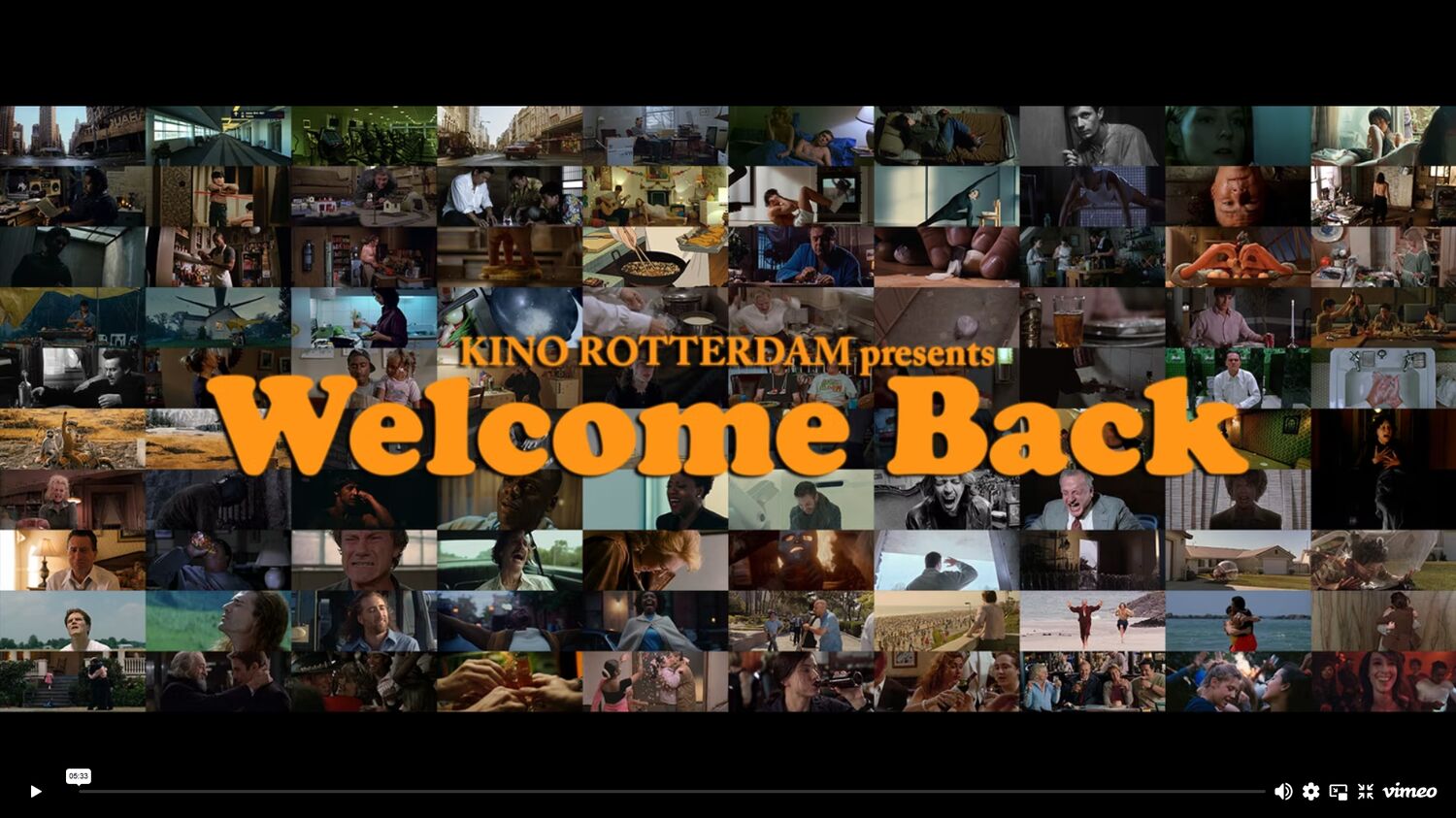
When they remix trailers or build campaigns, they do it as fans. These pieces create a feeling, something shareable. Distributors have even started asking them to create content, a sign of how distinctive and consistent the KINO brand has become.
Online, Instagram aesthetics like the “slow life” trend have inspired some posts, but always adapted to their own voice. These Daily Business posts provide short glimpses of the cinema in its off-hours, as staff clean, prepare, and set the scene for the day ahead. There is a quiet, almost monastic rhythm to these behind-the-scenes moments. It shows that the magic of cinema begins long before the lights go down. As always, it is about knowing who you are and who you are speaking to.
Comfort, food and hospitality are part of the experience too. From hygiene to interior design, everything is tuned for quality and atmosphere. The aim is to offer a full night out, with style and substance.
Their on-site burger restaurant, NIKO, has become a destination of its own. Again, KINO isn’t copying. It is creating a vibe where film, food and community speak to each other. NIKO sometimes riffs on current programming with special menu items. One trailer featured iconic burger scenes, think Pulp Fiction, to promote the food offer. They even made their own hot sauce, a spicy touch that says it all. Everything here has a flavour, and it’s theirs.
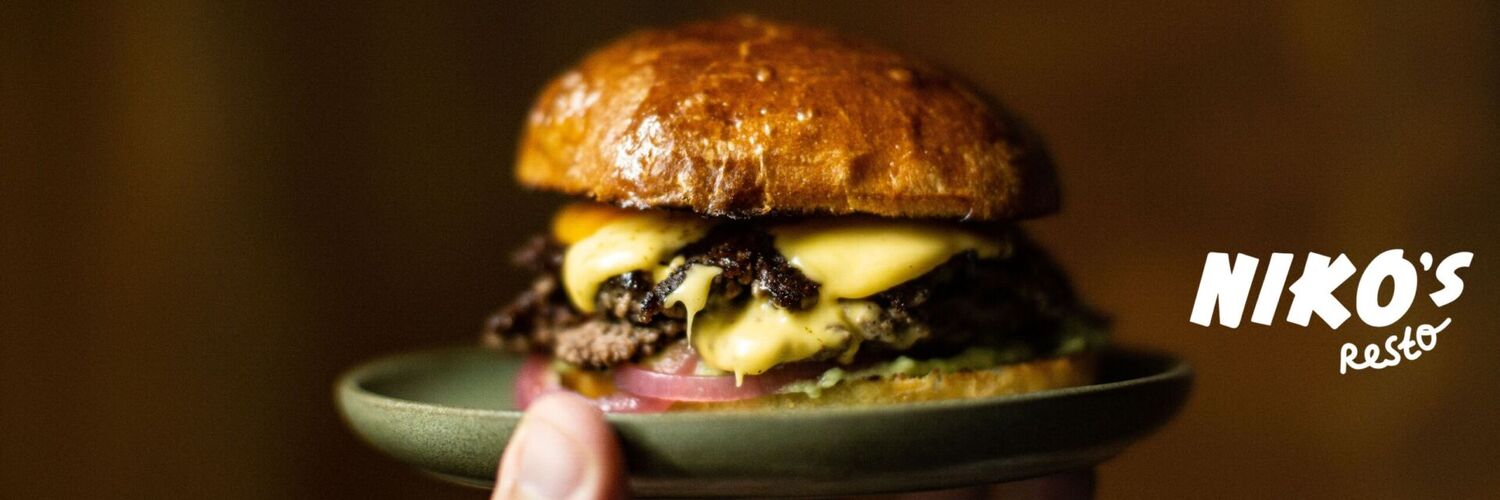
Merch has also played a role. During the pandemic, their Support Your Local Cinema T-shirt became a small phenomenon, a wearable sign of solidarity and belonging.
KINO’s branding is about building a space that reflects the love of film and turns a night out into something more. With inspirations from The New Beverly in Los Angeles to Prince Charles Cinema in London, and a growing cult status of their own, KINO shows how to build a brand from the inside out, one emotion, one frame, one burger at a time.
Finding your voice
What KINO illustrates is that branding isn’t just about visuals. It’s about creating a sense of belonging and anchoring your cinema in its local community.
Across Europe, cinemas are reclaiming what makes them unique, rethinking how they connect with audiences and standing out through community and culture.
Kino Tapiola in Finland complements its programming with a curated wine bar. Lillehammer Kino gives its youngest staff members the keys to its TikTok presence, trusting them to find the right voice. Kino Aero in Prague launched a sleek new subscription card and film club with a fresh voice and look. In Berlin, Yorck Kinogruppe has recently partnered with local craft brewery BRLO to create Yorck BRLO Berliner Helles, a signature beer now served in all its cinemas.
Whether through a perfectly cut trailer, a locally brewed beer, a nostalgic T-shirt or a bold program title, they remind audiences that cinema is more than watching a film.
Branding is not just a logo. It’s the full story you tell, the choices you make, and the feeling you leave behind. You don’t need a burger bar or a custom beer to build a brand. What matters is finding what’s yours.
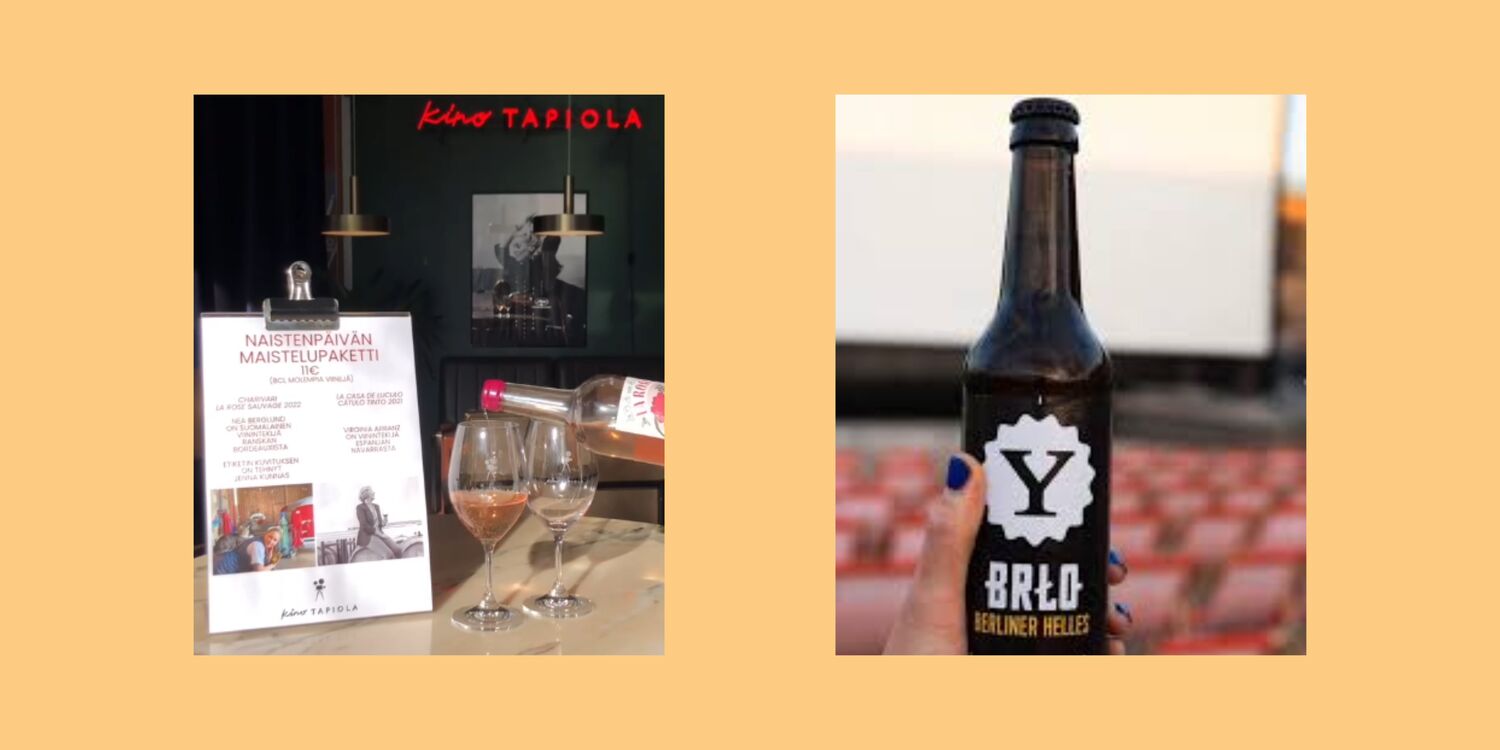
So, where can you start?
Look around your team: where does your creativity come from?
Look around your venue: what makes it unlike any other?
Look around your community: what can you offer that no one else can?
And don’t just tell people what’s on your programming.
Show them why it’s worth showing up.
16.07.2025

Guillaume Branders
Guillaume Branders is the founder of studio funambule, a consultancy that helps film and cinema professionals connect, grow, and innovate. Based in Belgium, he has been immersed in the cinema industry for almost 15 years. Starting at Cinema Aventure, an arthouse venue in the center of Brussels, he later worked as the Head of Industry Relations at UNIC, the trade association of European cinemas and their national associations. After two years working for a cinema software company, he decided to launch his own venture and explore new ways to drive innovation in the cinema industry. more from the author
